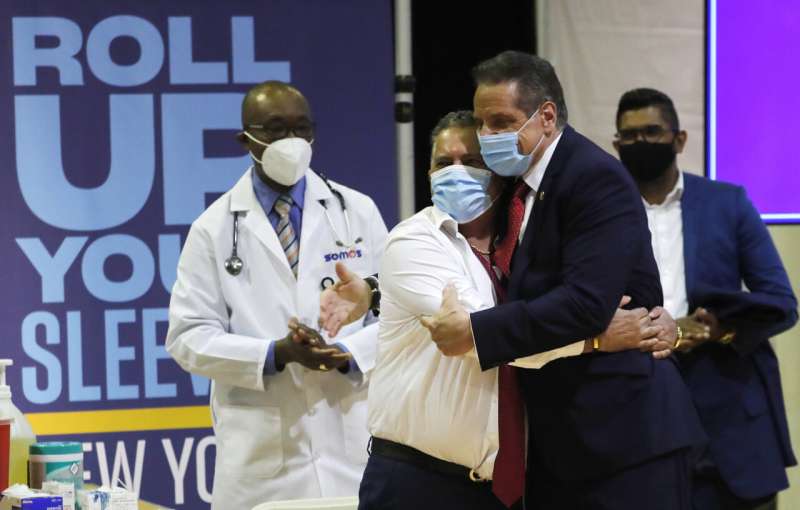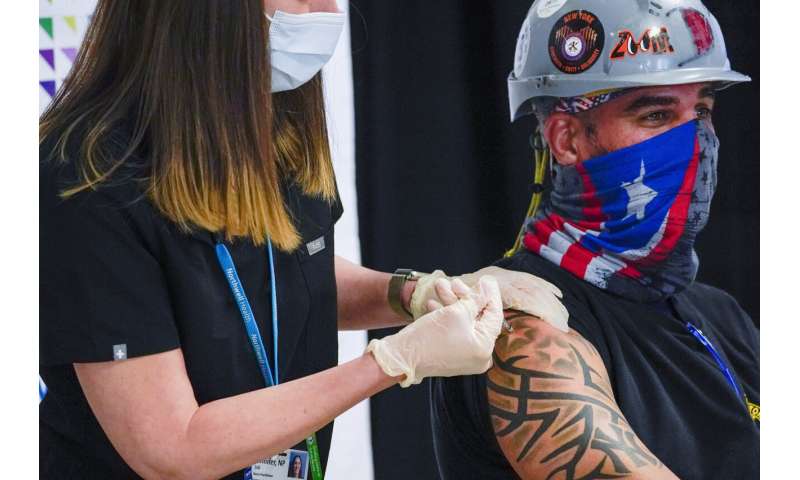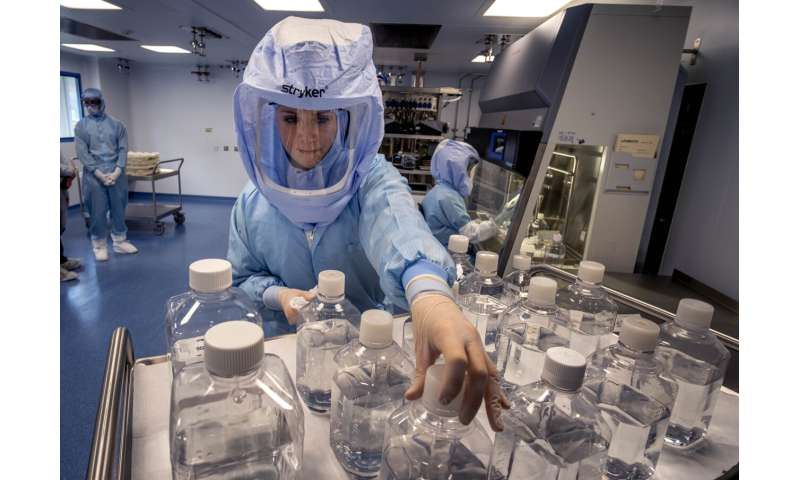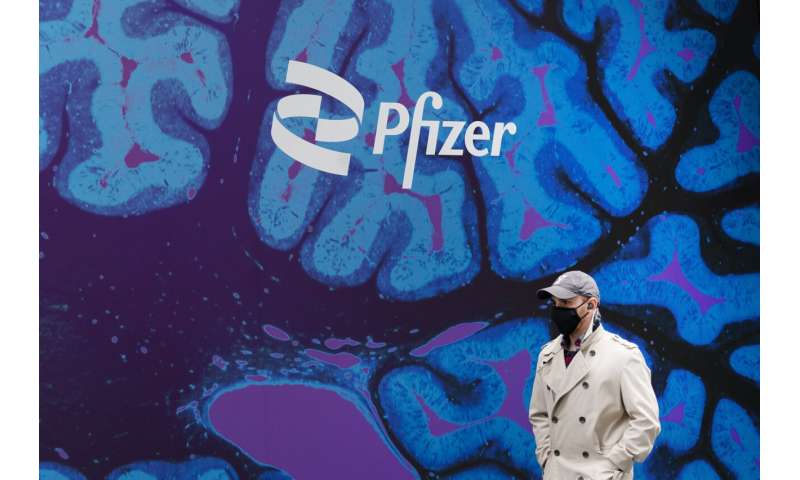
Pfizer, buoyed by a huge jump in sales for its COVID-19 vaccine and solid first-quarter performance across most of the company, hiked its 2021 financial forecast after sharply after blowing past Wall Street expectations.
The company, along with its German partner BioNTech, now anticipate sustained revenue from their COVID-19 vaccine with the world far from herd immunity against the virus. New contracts to supply vaccines to countries as far out as 2024 continue to be signed.
Pfizer on Tuesday almost doubled its sales projections for the vaccine this year, from $15 billion to roughly $26 billion. The partners expect to be able to deliver about 2.5 billion vaccine doses this year, including 300 million doses for the U.S., and already are prepping for what could become annual booster shots.
Once viewed as a marketing machine for blockbusters like Viagra and cholesterol fighter Lipitor, Pfizer has transformed itself into a research powerhouse in drugs for cancer and rare diseases—and vaccines.
Pfizer got into the low-profile, low-profit vaccine field in 2009 when it acquired Wyeth and its then-experimental pneumococcal vaccine. That vaccine, Prevnar, which protects against ear, bloodstream and other pneumococcal infections, was approved by the U.S. the following year. It became the world’s most lucrative vaccine with annual sales of about $5 billion—once unheard of.

“Investors were skeptical of the Wyeth acquisition because vaccines were a sleepy area with lots of risk and rarely enough profit to justify spending money on them. Pfizer proved them wrong,” said Erik Gordon, a business professor at the University of Michigan.
Pfizer began developing more vaccines and building up expertise. Then in 2018 it began a partnership with BioNTech focused on creating a flu vaccine with a then-new technology called mRNA for short. This vaccine type uses genetic material rather than an inactivated virus to teach the immune system to produce antibodies if the real virus infects someone.
But while the flu vaccine was still in testing, the coronavirus hit and the companies turned on a dime to use the technology for a vaccine against it. Their vaccine has proven to be more than 90% effective and has rapidly won emergency approval in country after country while avoiding the manufacturing delays and safety questions stinging some rivals.
“Partnering with BioNTech was a stroke of genius or of good luck,” Gordon said.
Now the partners are testing a potential booster shot, and they continue to test the two-dose shot in new patient groups, including pregnant women, 12- through 15-year-olds and children from six months to 11 years old. They’re also working on new vaccines formulations with a longer shelf life and less stringent requirements for deep freezing.

Pfizer also is testing both a pill and a different drug that’s injected as COVID-19 treatments.
Pfizer, which splits vaccine costs and profit with BioNTech, reported $3.46 billion in first-quarter sales in all but three countries; BioNTech will report the remaining revenue on May 10.
Some patient advocacy and consumer groups now accuse COVID-19 vaccine makers of profiteering as they’ve only pledged to stick to nonprofit prices until the pandemic emergency ends. Some want patents suspended to enable poor countries to get cheaper vaccines sooner.
On a conference call Tuesday, Pfizer noted its three price tiers for the vaccine, depending on each country’s financial situation. In the U.S., Pfizer charges $19.50 for each dose, far below what Prevnar and many other vaccines cost here.
Pfizer reported quarterly net income of $4.88 billion, or 86 cents per share, on Tuesday. That was up from $3.36 billion, or 60 cents per share, in the same period last year, when the global coronavirus pandemic began triggering lockdowns, and doctor visits, diagnostic tests and new prescriptions for other medicines dropped significantly.

Adjusted earnings jumped 48% to $5.26 billion, or 93 cents per share, far above the 79 cents Wall Street was expecting. Revenue was $14.58 billion, up 45% and also well above forecasts of $13.49 billion.
Sales of cancer drugs jumped 18% in the quarter and sales of medicines administered in hospitals rebounded 11% as patients got treatments delayed by hesitance to go to hospitals swamped with COVID-19 patients. Sales of clot preventer Eliquis jumped 26% to $1.64 billion.
Source: Read Full Article
